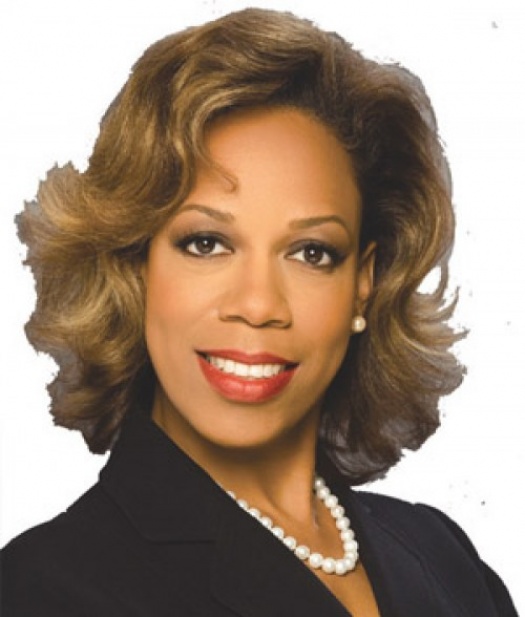
Earlier this spring, DePaul University’s Egan Urban Research Center convened a fascinating conference on an alarming trend that hit home for us at the Chicago Urban League. In a room inside the Federal Reserve Bank of Chicago, three dozen top economics an
Just like that small timekeeping hourglass that sits in your grandmother’s curio cabinet, the hourglass economy is wide at the top, skinny in the middle and wide at the bottom. This economic hourglass doesn’t mark the passing of time, however. It tells us something about our economic future. In the last two decades, the American economy has taken on precisely this shape.
Here in Illinois, the jobs sectors that have grown the fastest since 1990 are the ones at the top and the bottom of the wage scaleùthe widest parts of the hourglass. Today, the lowest fifth of Illinois households currently have an annual income of $11,482; the top fifth has a whopping $171,514. The middle, where most Americans once lived, is getting squeezed in both directions but mainly downwards.
The rich have always gotten richer, but lately the numbers have even surprised economists. Today there are more millionaires in the U.S. than ever before: 9.2 million, in fact. But there are also more low-wage workers, represented by millions of hard-working folks who toil for salaries that barely exceed minimum wage, spend most of their income just trying to keep up with a mortgage or rent, and generally have a hard time making ends meet.
After two decades of slow-wage growth, runaway housing prices, steadily rising healthcare expenses and skyrocketing educations costs, the once strong middle class is being pushed into a tighter and tighter economic corner. And more than a few of usùthrough job layoffs or cutbacks in benefitsùhave tumbled out of the middle class and into the lower-wage bracket.
A Pew Foundation research study released last winter confirmed that overall, 31 percent of Americans believe they have fallen backwards economically. Among African Americans born into middle-class families in the late 1960s, 45 percent ended up in the lowest fifth of income earners by 2006. In Chicago, the median income among Black families declined between 2000 and 2006. In many ways, the forces driving these changes are influenced by global economics.
Overseas competition and demand for cheap goods and labor has led to a proliferation of service jobs, driving wages down. Since 2003, Illinois has added 1.5 million new low-wage service jobs. At the same time, it lost 142,000 manufacturing jobs, many of them paying middle-class salaries. But at the other end of the scale, jobs and salaries are increasing for well-trained workers who are skilled at mathematics, law and finance.
So what does all this mean? According to Professor Michael Bennett of DePaul, “the pattern of job growth tells you where the economy is headed.” In the Midwest, the people with skills in the middle haven’t moved up like in other parts of the country, particularly on the East and West coasts. I don’t need to tell you that that’s not the direction we want to go in. A polarized economy spells trouble for African Americans, who historically have less education and less training than our white counterparts.
Sadly, but not surprisingly, unless we do something about it, the skinny part of the hourglass will divide us according to race. There’s no turning back the forces of globalization, but fortunately, the DePaul conference also talked about solutions. One answer is to focus resources on improving education for disadvantaged workers.
Education is a sure ticket up the wage ladder. Community colleges are a good place to obtain it. Another is to create links between occupations so that workers don’t get stuck in low-wage, dead-end jobs.
And third is for government, labor and industry to work together to preserve the good-paying, middle-class jobs we already have. If we think strategically and embrace the inevitabilities of doing business in a world economy, we don’t have to let the hourglass run out on us.
Cheryle R. Jackson is the president of the Chicago Urban League. She can be reached at president@thechicagourbanleague.org.
______ Copyright 2008 Chicago Defender. All rights reserved. This material may not be published, broadcast, rewritten, or redistributed.
